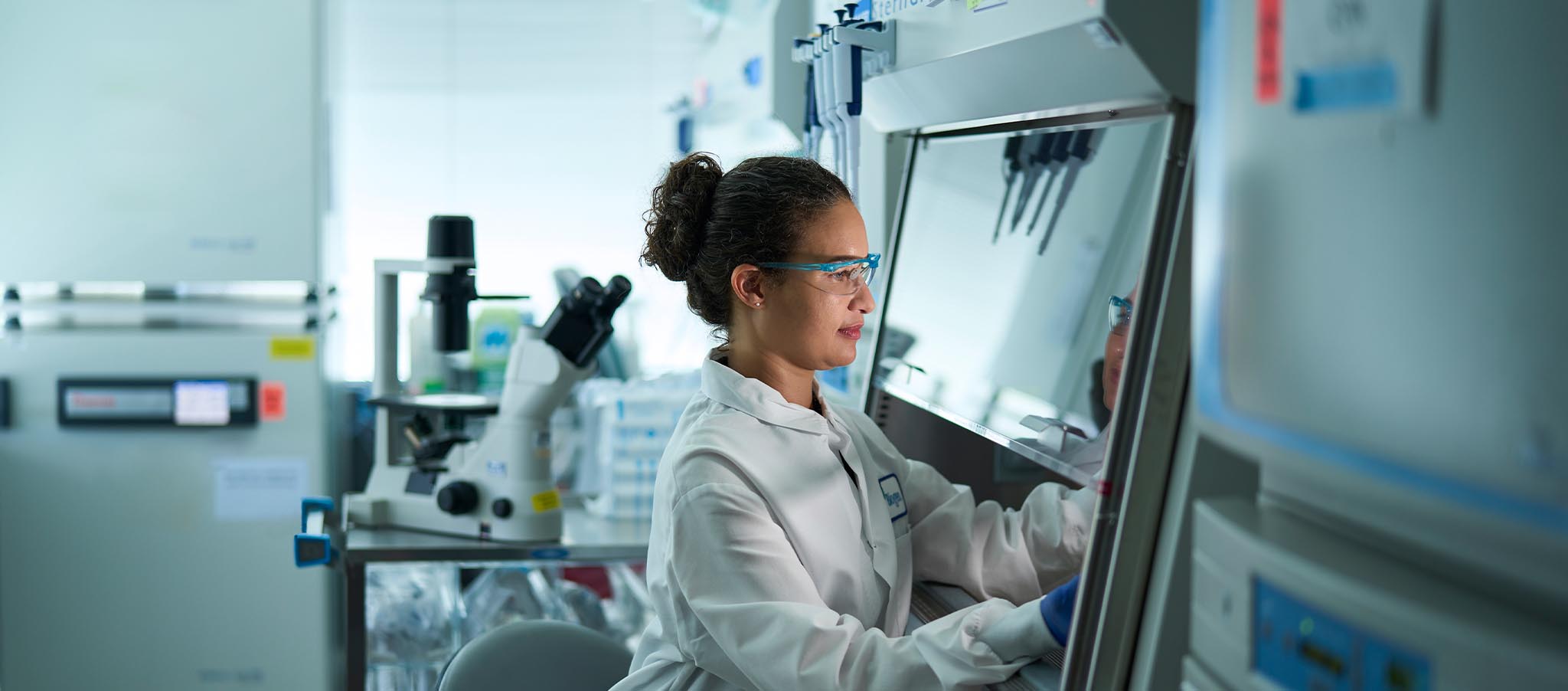
# Researchers at Kyushu University Develop Antibody to Address Age-Related Muscle Deterioration

**Published in** [**Aging Cell**](https://doi.org/10.1111/acel.14337) | **Estimated reading time: 7 minutes**
Researchers at Kyushu University have achieved a significant advancement in combating age-related muscle deterioration by engineering a unique antibody that safeguards *hepatocyte growth factor* (HGF), a vital protein for muscle repair, from functional decline. Their groundbreaking study could lead to the development of therapies aimed at tackling muscle atrophy, sarcopenia, and other age-related ailments that impair mobility and diminish quality of life.
## Grasping Muscle Degradation with Aging
Aging is an inevitable process accompanied by various physiological hurdles, with *sarcopenia*—the gradual loss of muscle mass and strength—being one of the most significant. Sarcopenia predominantly impacts older adults, affecting mobility, increasing fall risks, and reducing overall life quality—a situation of particular concern in *super-aging societies* like Japan, where the elderly population is on the rise.
For many years, researchers have endeavored to understand the biological processes that contribute to sarcopenia and other types of muscle degradation. They have pinpointed a key factor in muscle repair: the *hepatocyte growth factor* (HGF), a protein that triggers *satellite cells*, which are the muscle stem cells responsible for repairing damaged muscle tissue.
### The Importance of HGF in Muscle Restoration
In response to muscle injury or stress, HGF is released to activate satellite cells, starting the repair process that creates new muscle fibers and restores function. Yet, as the body ages, the effectiveness of HGF declines. The culprit is a biochemical process known as *nitration*—where nitrogen dioxide is added to proteins like HGF, altering their structure and hindering their normal function.
Specifically, two critical *tyrosine residues* in HGF, Y198 and Y250, are particularly susceptible to nitration. Once nitrated, these residues fail to bind correctly to *c-Met*—the receptor necessary for HGF to activate satellite cells.
## Innovation in Antibody Development
Understanding this limitation, the research team at Kyushu University pursued an inventive solution. Their strategy? Create an antibody that would *shield HGF* from the damaging impacts of nitration, thus maintaining its ability to connect with its receptor and facilitate muscle repair.
This led to the development of a monoclonal antibody named *1H41C10*.
### Mechanism of 1H41C10
To formulate this antibody, the researchers worked with *rat muscle cell cultures* and focused on the specific areas of HGF at risk of nitration, namely the Y198 and Y250 tyrosine residues. The monoclonal antibody 1H41C10 was meticulously designed to attach to these nitration sites, preventing the molecular changes that disrupt HGF functionality.
As Professor Ryuichi Tatsumi, the lead author, stated: “HGF loses its physiological activity when it undergoes nitration, and this effect accumulates over time.” The research team effectively showcased that 1H41C10 could thwart nitration, enabling HGF to retain its essential capability to activate satellite cells without hindering its normal biological activities.
This specificity is crucial as it ensures the antibody effectively targets a detrimental process (nitration) without interfering with the protein’s advantageous role in muscle tissue repair.
## Prospective Implications and Uses
Although further research is essential, the successful creation of 1H41C10 might signify a significant leap forward in managing and treating age-related muscle degeneration. Particularly, conditions like sarcopenia and muscle frailty—currently with limited therapeutic options—could see enhanced results through therapies that sustain the functionality of HGF.
Moreover, HGF has been associated with tissue repair mechanisms in other organs, such as the liver and kidneys. This provides additional pathways for exploration, with the potential for applications in regenerative medicine. Treatments that preserve HGF activity may become essential tools for addressing various age-related conditions involving organ damage and repair failures.
Discussing the prospective applications, Tatsumi remarked: “With continued research, we may uncover additional therapeutic uses of HGF for other medical conditions.” He also emphasized that organs like the liver, where HGF plays a role in tissue regeneration, might also benefit from this kind of antibody therapy, expanding the significance of the study’s findings beyond just muscle health.
### Upcoming Steps: Clinical Trials
The forthcoming phase in the research pathway will involve comprehensive testing of 1H41C10 for efficacy and safety in clinical environments. Although preclinical investigations on rat muscle cells have indicated promising results,